
This logo isn't an ad or affiliate link. It's an organization that shares in our mission, and empowered the authors to share their insights in Byte form.
Rumie vets Bytes for compliance with our
Standards.
The organization is responsible for the completeness and reliability of the content.
Learn more
about how Rumie works with partners.
Do you enjoy creating new things with your hands (and a blowtorch)?
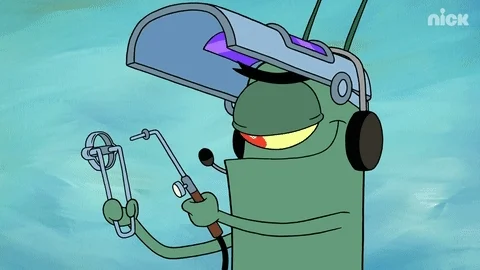
Are you an analytical thinker who enjoys problem-solving and detailed work?
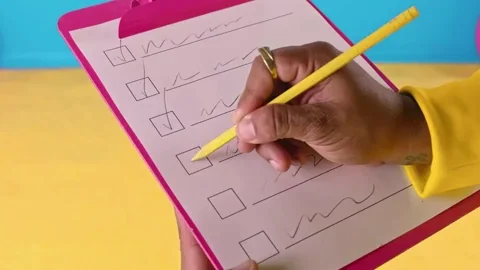
Do you want to positively impact your community by building bridges, improving gas and water pipelines to homes, or even creating art?

If you answered yes, you might enjoy a career as a welder!
What does a welder do?
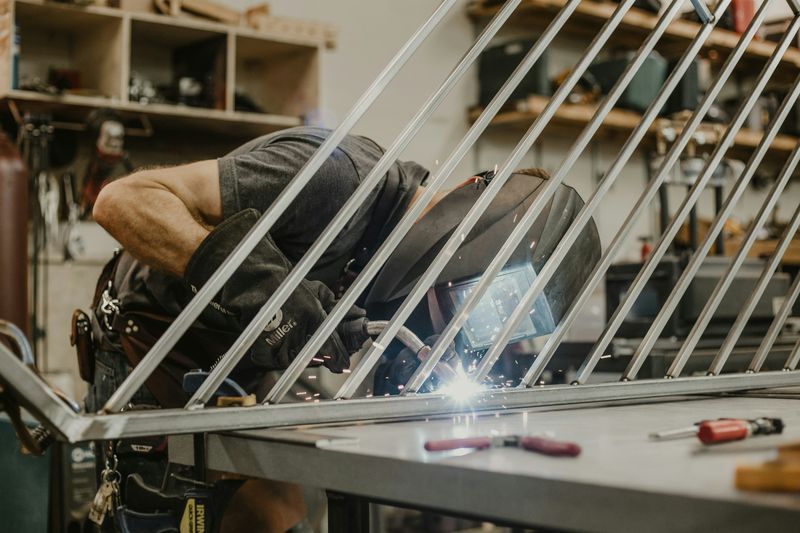 Photo by Syd Mills on Unsplash
Photo by Syd Mills on UnsplashAll welders’ work involves using a flame to join, bend, or cut pieces of metal.
Welders can work in construction, industrial, commercial sites, and more.
There are many specializations within welding that have their own skills and applications, such as:
Welder fabricators: Create custom cars and motorcycles.
Ironworkers: Build structures like bridges and stadiums.
Pipefitters: Connect pipes to move natural gas or water to homes or factories.
Shipfitters: Repair damage to a tugboat's hull.
What skills does a welder use?
Hard Skills
Reading blueprints
Math for measurements and angles
Safe use of fire and equipment
Hand-eye coordination
Soft Skills
Problem-solving
Critical thinking
Collaboration
Punctuality
Quiz
Jordan is a high school sophomore considering a career in welding. Which class(es) would best help them build skills that welders need?
Welders often use math skills from geometry like angles and measurement. Chemistry class may also help Jordan develop critical thinking skills and learn a little about metals, alloys, and heat, too. American history and journalism don’t have clear connections to the skills welders use every day.
What does a typical day look like?
A welder’s typical day depends on their specialty. Most welders work shifts in a shop, factory, or job site.
Meet Taylor, a welder fabricator at a construction site.
 They work a 10-hour day shift 4 days a week from 8:00 am - 6:00 pm. Their daily schedule may include:
They work a 10-hour day shift 4 days a week from 8:00 am - 6:00 pm. Their daily schedule may include:
8:00 am: Arrive at the job site. Review the plans and blueprints for today's work.
8:15 am: Pick the right equipment and check it for safety.
8:45 am: Put on personal protective equipment (PPE).
9:00 am-5:00 pm: Do the welding tasks for the day, stopping for water and lunch.
5:00 pm: Get the supervisor's sign-off on their work.
5:10 pm: Clean up the work area for the next shift.
5:45 pm: Remove PPE. Clean and store equipment.
What kind of experience do I need?

Education: Get a high school diploma or GED.
Certification: Complete initial training in welding, usually a certificate or associate’s degree program (6-18 months).
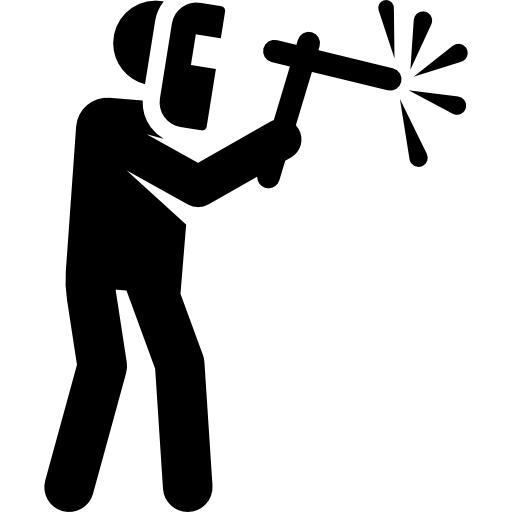
Apprenticeship: Gain hands-on experience in the type of welding you want to do.
Professional credential: Once you've finished your training, earn a general or more specific professional welding credential. Then apply for jobs.
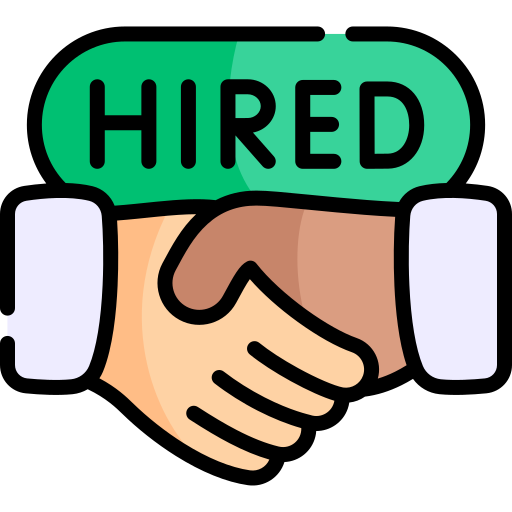
Further education (optional): Obtain a Bachelor’s (4-year) degree in welding, materials science, welding engineering, etc, can open up other careers like welding inspector or welding engineer.
Did you know?
Many welding jobs in the US require at least the AWS Certified Welder professional certification. Learn more about this at the American Welding Service website.
Is welding right for me?

Take Action
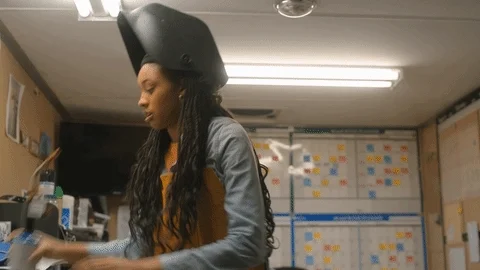
Does welding sound like a good fit for you? If so:
This Byte has been authored by
Andrea Stewart
Learning Designer
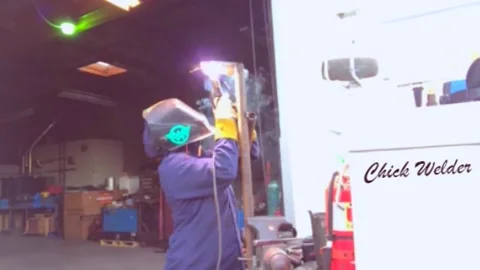
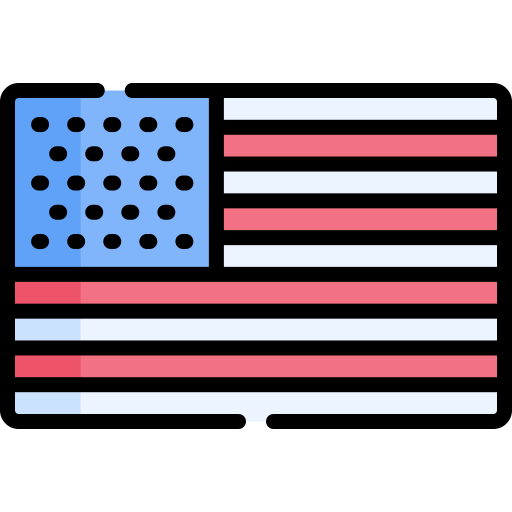 United States
United States Canada
Canada